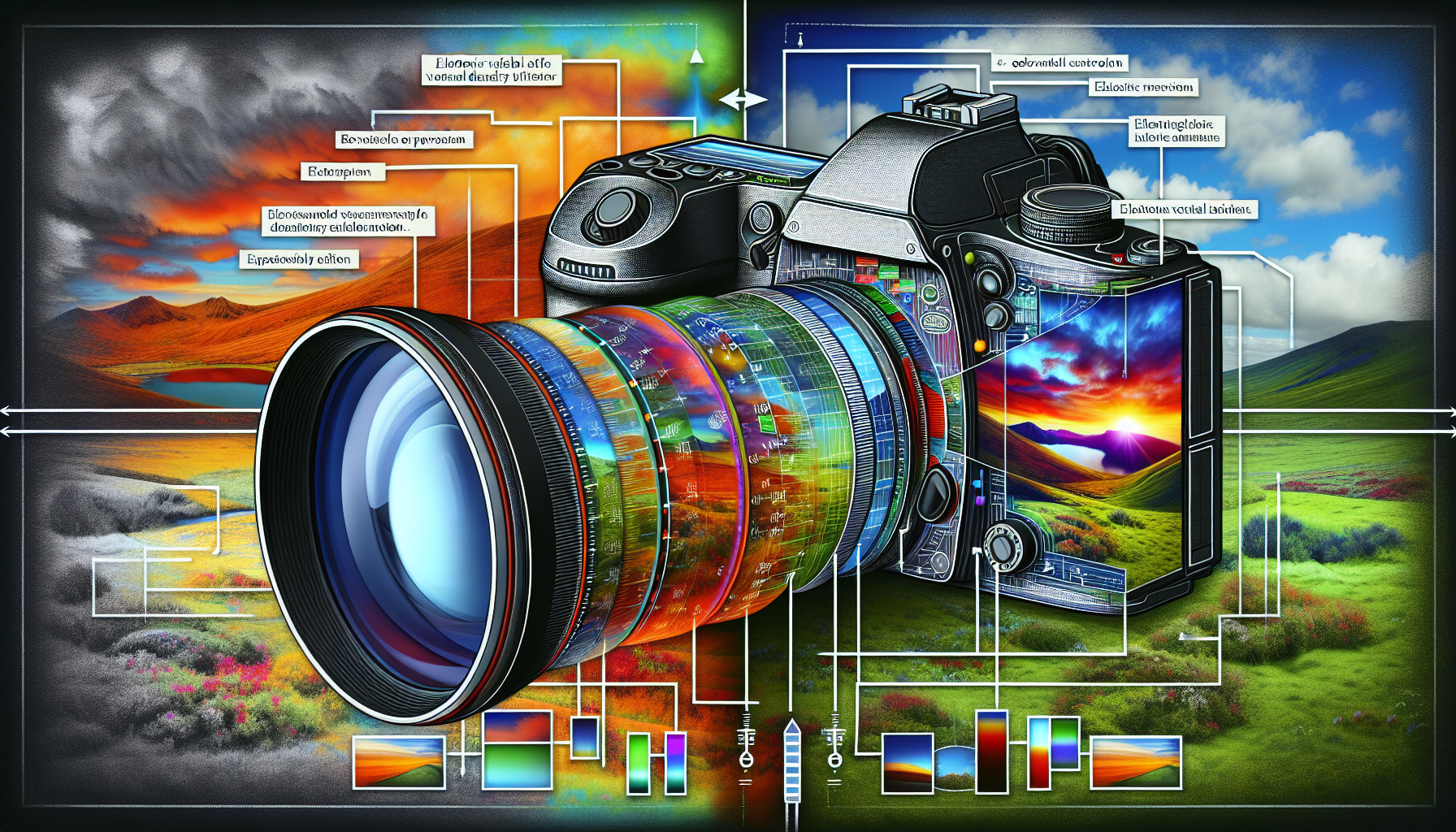
Delving into the Magic of Electronic Variable Neutral Density Filters
What on Earth is an Electronic Variable Neutral Density Filter?
For those uninitiated into the esoteric realms of photography, an electronic variable neutral density (EVND) filter might sound like something straight out of a sci-fi novel. Do these filters harness the power of dark matter or manipulate the very fabric of reality? Not exactly. But evoke a keen sense of curiosity, they most certainly do.
In layman’s terms, an EVND filter is a piece of optical wizardry designed to control the amount of light reaching your camera’s sensor. Created for photographers and videographers, this gadget is essentially a dimmer switch for your lens—enabling you to achieve the perfect exposure without having to fumble around with your camera settings or, heaven forbid, altering the lighting conditions.
The Science (or Sorcery) Behind EVND Filters
Time to roll up those sleeves and dive into some jargony goodness. An EVND filter usually consists of two polarizing layers. When you twist the filter, these layers rotate in relation to each other, increasing or decreasing the amount of light passing through. Magic, right? Well, kind of. It’s more like physics, a sprinkle of engineering, and a dash of ingenuity.
Here’s where things take a turn for the geeky: The electronic part of these filters enhances this functionality by incorporating a small battery and some digital trickery, allowing for a smooth, consistent transition between different levels of light reduction. No more inconsistencies or sudden jumps in exposure—just an effortless glide from light to dark, as though you possess the powers of a camera-toting wizard.
Why Should You Care? Unleashing Creative Potential
You might be wondering, “Why should I bother with an EVND filter when I can just use a regular ND filter?” Oh, dear reader, the benefits are numerous and dazzling. An EVND filter gives you unparalleled control over your exposure, allowing for beautifully smooth transitions in lighting, essential for videographers shooting in changing light conditions or when moving between indoor and outdoor settings.
Photographers can also rejoice in the benefits, especially when aiming to achieve those creamy, dreamlike long-exposure shots of waterfalls and clouds without being forced to bump down their apertures to pinhole levels or crank up their ISO to noisy oblivion.
A Practical Guide to Using EVND Filters
Alright, settle down, spellcasters. Let’s get practical. Using an EVND filter is straightforward, but here are a few tips to make sure you don’t end up cursing your equipment:
- Compatibility: Make sure the filter size matches your lens. This is not the time for “almost good enough.”
- Practice Makes Perfect: Spend some time playing around with the filter before you take it on a real shoot. Get a feel for how quickly it transitions and how it affects your exposure settings.
- A Gentle Touch: Adjust the filter gently to avoid any shaking or misalignment—twist, don’t yank.
- Battery Life: Keep an eye on the battery life of your EVND. You don’t want your filter going dark on you in the middle of a mystical shot.
A Final Word: Join the Ranks of the Enlightened
In the grand cavern of photographic tools, an electronic variable neutral density filter is like a particularly glittery gem. While it may not turn you into a light-bending sorcerer overnight, it provides you with powerful capabilities to elevate your photography and videography game. So, the next time you find yourself battling the elements to capture the perfect shot, remember—it’s not magic, it’s just good sense to have an EVND filter in your arsenal. Shine on, you crazy diamond!






